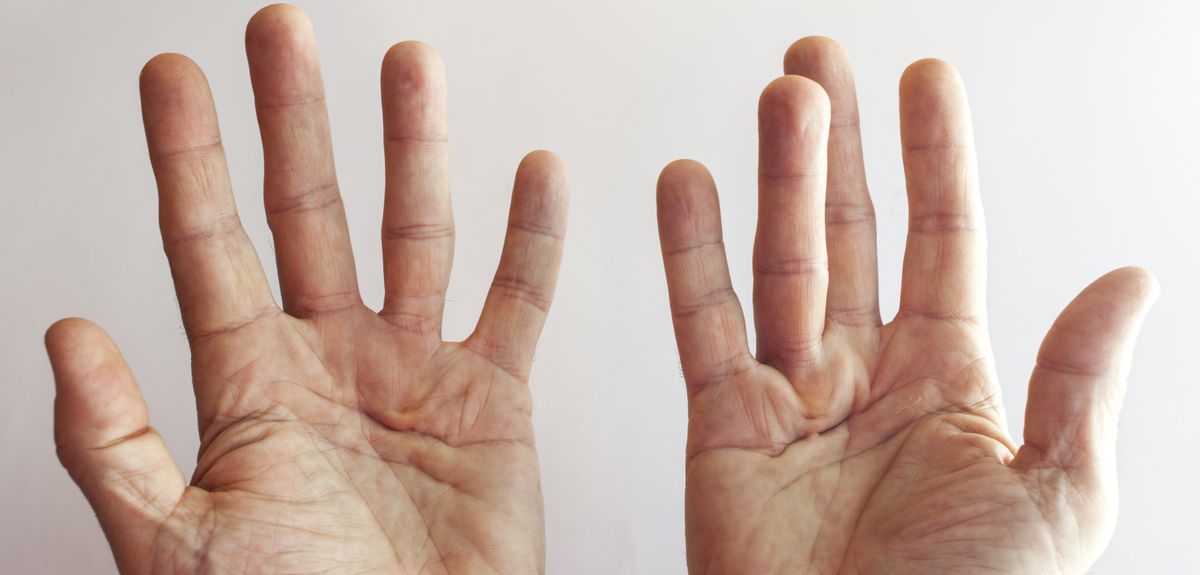What is Dupuytren’s Disease?
Dupuytren’s disease, also known as Dupuytren’s contracture, is a progressive fibroproliferative disorder affecting the hands. It causes the fingers to bend towards the palm and can eventually prevent the fingers from straightening normally. The disease is caused by a thickening of the fascia in the hands, which are fibrous sheaths of connective tissue surrounding muscles, tendons, ligaments and other structures. Over time, nodules and cord-like structures develop within the fascia, contracting the fingers inward. While usually painless, it can impair hand function if left untreated.
Global Prevalence of Dupuytren’s Disease
Dupuytren’s Disease has long been established as most prevalent in Caucasian populations of Northern European descent. However, epidemiological studies have shed light on varying prevalence worldwide. Northern European countries report the highest rates, with lifetime prevalence as high as 25% in Iceland and Norway. Prevalence is moderate in other European countries, ranging from 5-15% in regions like the UK, Ireland, Germany and Italy. Prevalence is lower but still significant in the United States, at around 3-11% depending on ethnicity. Meanwhile, rates are notably lower in Asia and Africa, generally under 5% collectively. Indigenous populations in Australia and aboriginal Canadians also experience higher rates than Asians or some African ethnicities. Overall, Dupuytren’s disease remains primarily a disease of Caucasian ethnicity worldwide.
Incidence of Dupuytren’s Disease
While lifetime prevalence gives insight into how many individuals are affected overall, incidence rates look specifically at new cases arising over a given time period. Studies on Dupuytren’s disease incidence have found it increasing with age. A large UK study from 2007 found an annual incidence of 14.5 per 100,000 person-years in men ages 50-59, rising sharply to 66 in men ages 70-79. For women the rates were lower but also increased with age. Other European studies report similar trends, with annual incidence often between 10-30 per 100,000 in adults ages 50-70, sometimes exceeding 50 per 100,000 in those over 70 years old. Incidence studies have consistently shown Dupuytren’s disease as twice as common in men compared to women. Higher rates among elderly subgroups point to an ongoing aging of populations potentially contributing to rising global incidence numbers overall in the coming decades.
Risk Factors for Developing Dupuytren’s Disease
While the exact causes remain unclear, several risk factors are known to influence Dupuytren’s disease development and progression. Genetics play an important role, as those with a family history of the condition are at significantly higher risk. Men are generally at higher risk than women. Other risk factors include Northern European ancestry, advancing age, and presence of certain medical conditions like led, epilepsy, or liver disease. Manual labour occupations entailing vibration or repetitive hand use may increase risk as well. Meanwhile, lower risk has been associated with higher education levels, greater sun exposure, and higher intake of fruits and vegetables—potentially tying to socioeconomic or lifestyle differences. A combination of genetic predisposition and environmental exposures over a lifetime ultimately influences individual risk.
Global Impact and Burden of Dupuytren’s Disease
As the world population ages substantially over coming decades, Dupuytren’s disease prevalence and burden is expected to rise proportionately if incidence trends remain stable. In developed nations where rates are highest already, this fibroproliferative condition exerts notable effects on quality of life and healthcare costs. Individuals severely affected experience limitations in activities of daily living and occupational tasks requiring fine motor function. Over 50% of Dupuytren’s patients report their contractures interfere with activities like gripping objects, completing domestic chores, using tools or appliances, or playing musical instruments. Surgically treated cases often require hand therapy and splinting during recovery further impacting work and productivity.
Collectively, Dupuytren’s disease imposes a sizeable economic toll globally in direct treatment costs and lost workdays. The United States spends over $1 billion annually managing this condition. Total costs including surgery, splinting and lost productivity in the UK exceed £100 million per year. As populations worldwide continue expanding and aging, global incidence and related societal burden from Dupuytren’s disease the global dupuytrens disease market can be expected to grow proportionately without advances in prevention or treatment. Improved awareness and understanding of risk factors may help curb expansion, making epidemiological monitoring vital moving forward.
*Note:
1. Source: Coherent Market Insights, Public sources, Desk research
2. We have leveraged AI tools to mine information and compile it

